latest
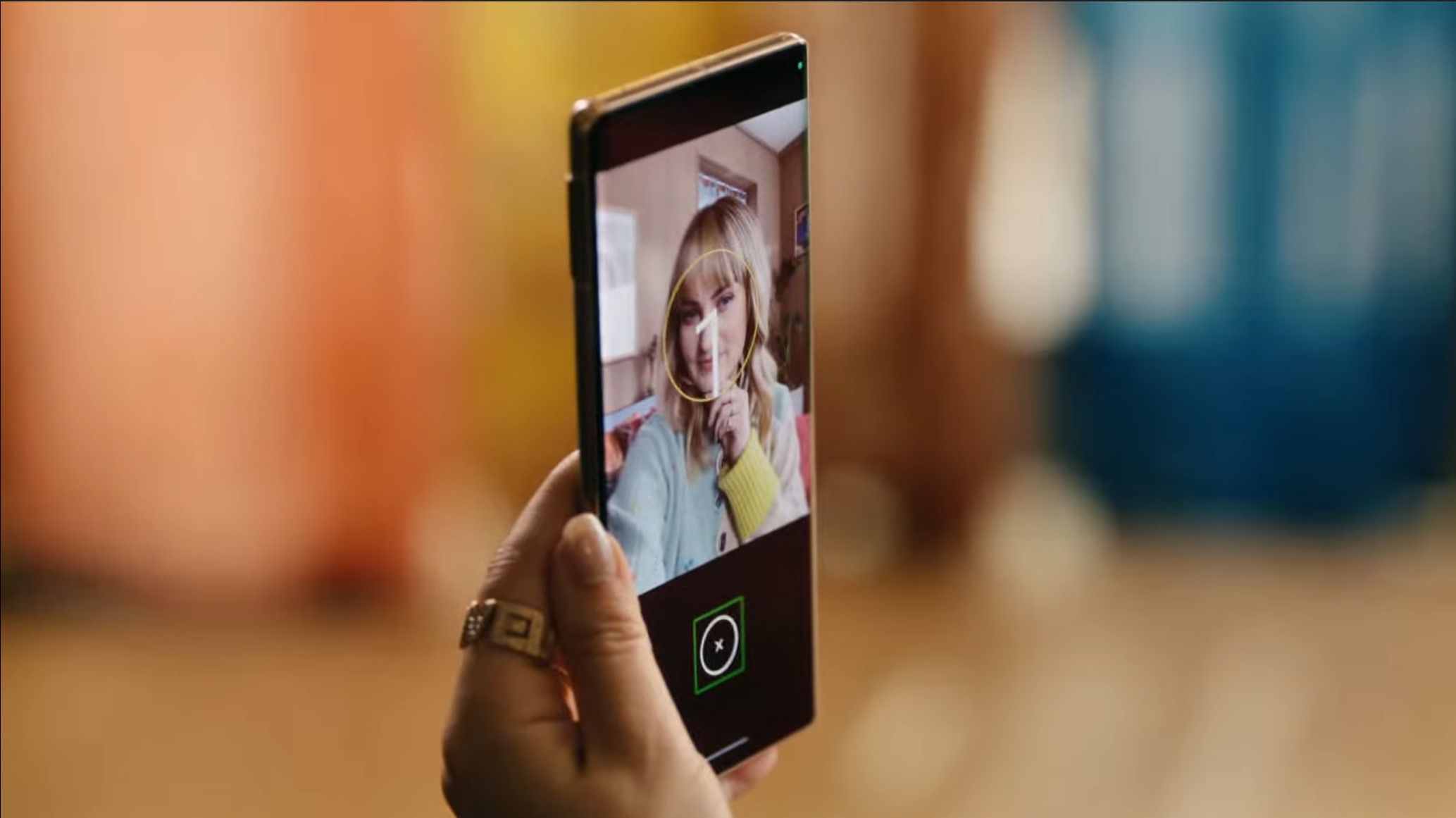
How to use the Guided Frame feature on your Google Pixel 7 or 8
Guide your selfies to picture perfection
For most people, using their phones is a reflex action. They hardly have to think about it. But for those with visual impairments, using a handheld device can be challenging. Google introduced several accessibility tools to make smartphone usage easier for people with disabilities. One quality-of-life feature is the Pixel-only Guided Frame, which helps users take great selfies. If you own a Google Pixel 7 or Pixel 8, keep reading to learn how to use it.

Android 13 blocks unwarranted use of accessibility services by further restricting sideloaded apps
It’s a great decision in the name of security, but it makes things less convenient for power users
Android’s accessibility services may be meant to assist users with disabilities, but the set of tools is so powerful that it’s routinely used by other apps to enable compelling features. Unfortunately, accessibility services are often the gateway for malware, too, helping it gain control over a phone or acquire personal data. With Android 13, Google is further cracking down on access to accessibility services, making it much more difficult for sideloaded apps to gain access.
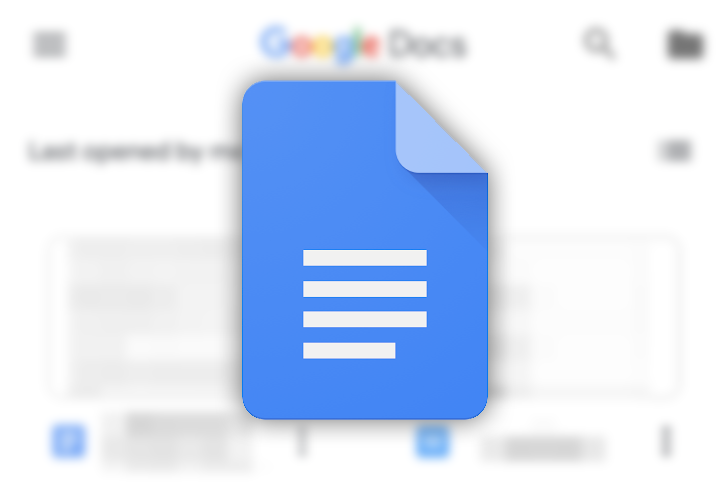
Google brings a much-appreciated boost to Docs accessibility for braille readers
Detailed context for suggestions
Most of us depends on plenty of Google apps throughout the day. Whether it's Gmail, Calendar, Meet, or even just the Play Store, both work and leisure activities rely on accessing your account. Of course, that makes accessibility options all the more crucial, especially as remote work continues to be an option for millions of employees. With its latest Workspace update, Google is improving how Docs suggestions work while in braille mode.
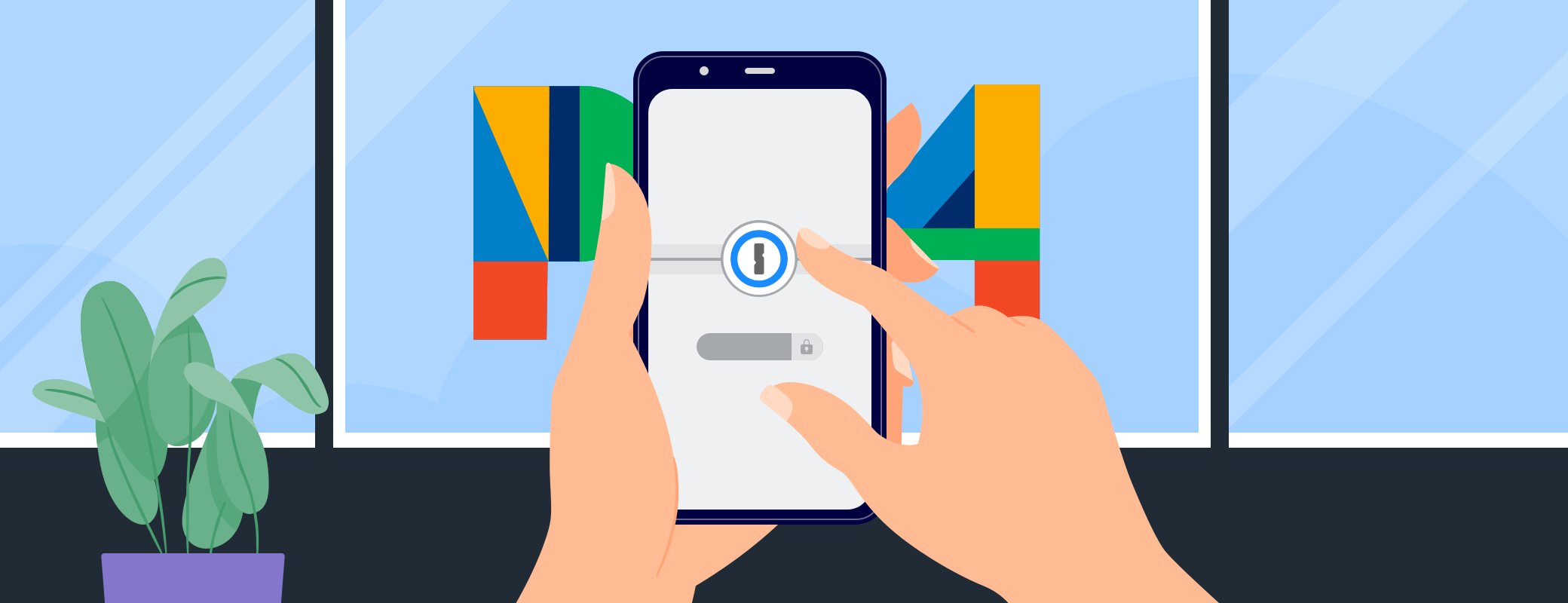
The popular password manager 1Password can now take full advantage of face unlock on the Pixel 4. Since the phone doesn't have a fingerprint sensor, 1Password users didn't have that easy and secure method for unlocking their passwords. But now that it supports face unlock, it's back to being easy.
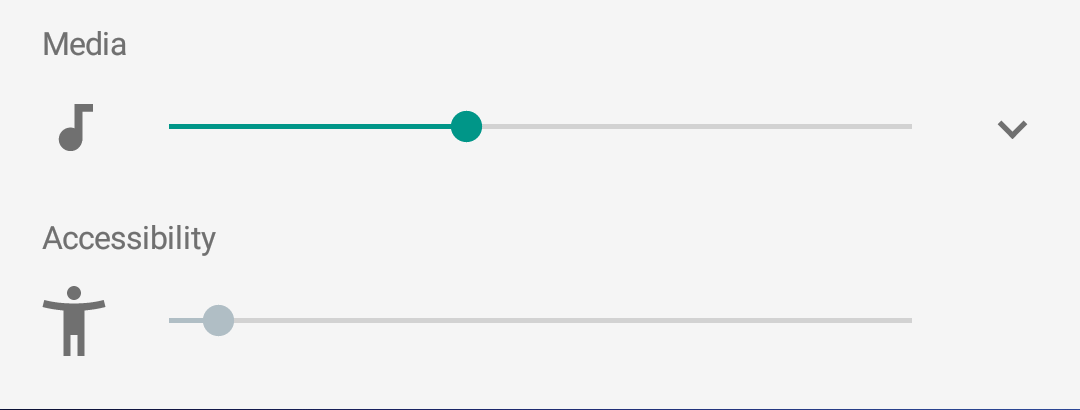
Over the years, Android has built up a decent array of accessibility options to help make devices easier to use for its diverse user base. Each new version of the OS attempts to add even more useful features, and Android O is no different. So far we've had 3 developer previews of Android 8.0 ahead of its launch later this summer, and at some point along the way Google added a couple of new accessibility features. Namely, separate volume controls and a new way to use the accessibility shortcut.
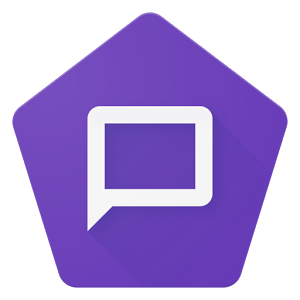
It is easy to take the use of our full senses for granted — some of our fellow Android users are not so fortunate. Luckily, Google has implemented the TalkBack service into the OS, which allows those who are blind or otherwise visually-impaired to use their devices more effectively. Now the v5.1 update notes have been posted to the Play Store, showing that the update brings some nice improvements.






